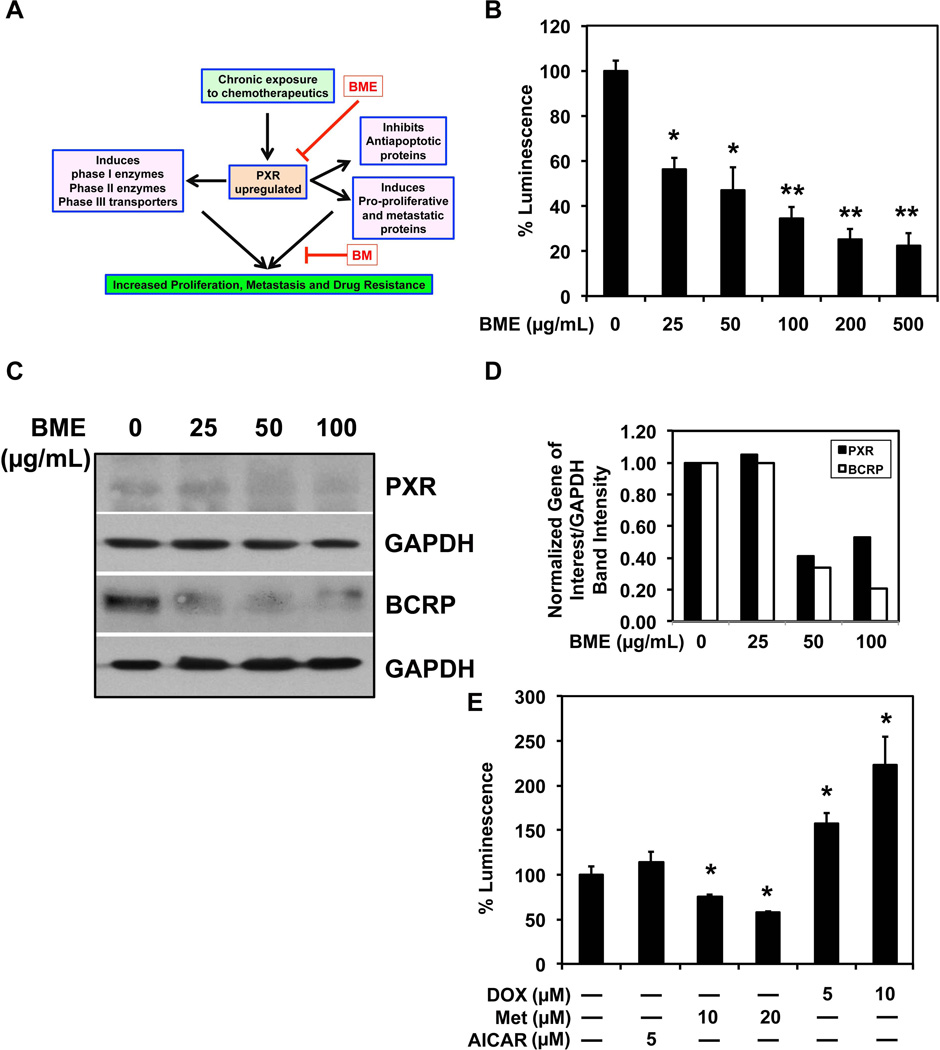Figure 5. Chronic exposure to BME inhibits PXR expression and activity leading to reduced multidrug resistance.
(A) Schematic representation of the role of PXR in cancer cell growth and resistance to therapeutic agents, and the proposed mechanism of BME action. (B) BME inhibits PXR-driven promoter activity. Cells were transfected with luciferase reporter plasmid under the control of the PXR promoter and then treated with BME for 12 h. There is a dose dependent inhibition of PXR promoter activity by BME. *p<0.05 and **p<0.01 (C) Western blot analyses for PXR and its target BRCP protein. Both PXR and BRCP are reduced at higher doses of BME. (D) Quantitative estimation of band intensity of western blots by densitometry. Band intensity of both PXR and BRCP were reduced at higher doses of BME treatment when compared to control and normalized to loading control. (E) PXR promoter activity in response to various drugs. Cells were transfected with the plasmid containing PXR promoter driving the luciferase gene and then incubated with doxycycline (0–10 µM), metformin (10–20 µM) or AICAR (5 µM) for 12 h. Doxycycline induced, while metformin inhibited PXR promoter activity. *p<0.05 and **p<0.01.

